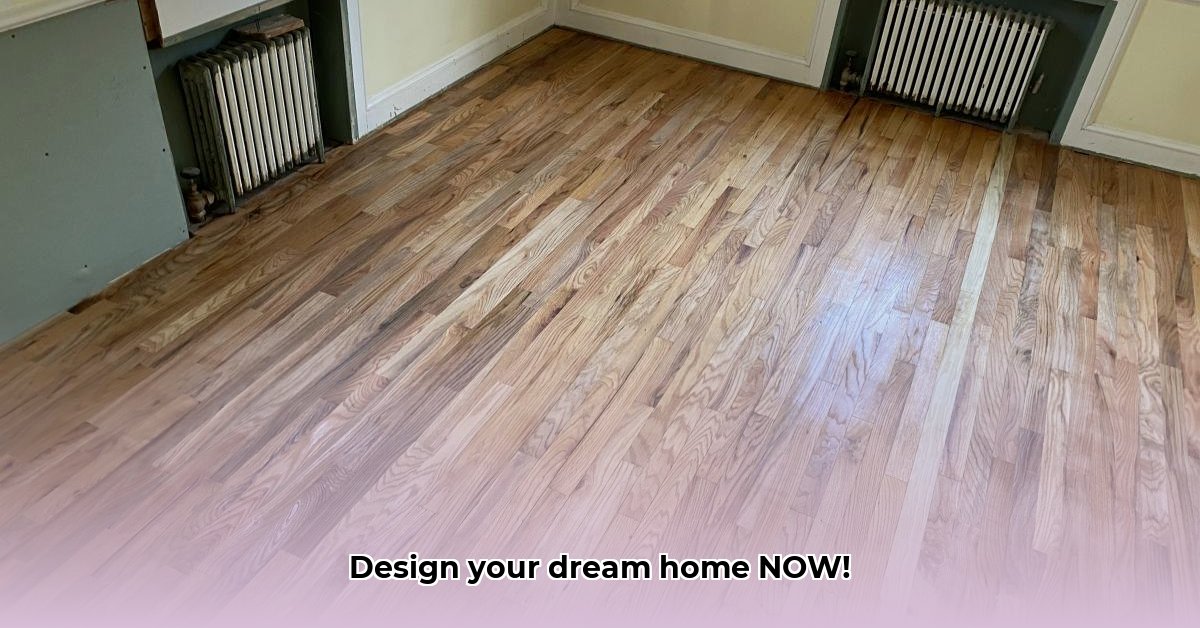So, you’re ready to revamp your home but feel a little lost? Before you start buying paint or moving furniture, let’s get organized! Floor plan software is your secret weapon – it’s like having a virtual architect at your fingertips. But with so many programs out there, figuring out where to start can be tricky. This guide is your shortcut to success. We’ll help you pick the perfect software for your skill level, walk you through creating your first floor plan, and even offer some handy tips to avoid common mistakes. For more detailed instructions, check out this helpful guide on [drawing floor plans](https://www.wavesold.com/how-to-draw-a-floor-plan). Get ready to design your dream space with ease!
Floor Plan Software for Beginners: Design Your Dream Home in 2024
Ready to transform your home design dreams into reality? Floor plan software makes it easier than ever, even if you’re a complete newbie. This guide will walk you through choosing and using the right software to create the home you’ve always envisioned with these home design programs. No prior experience necessary!
Picking the Perfect Software: A Beginner’s Guide
Choosing the right software is like selecting the perfect paintbrush – the wrong one can make the job frustrating. You want something easy to learn for CAD beginners, but also powerful enough to create your dream home. Consider the following aspects:
- Ease of Use: How intuitive is the program’s layout? Look for clear instructions and perhaps even video tutorials, as they’re lifesavers when using home design software!
- Cost-Effectiveness: Many options offer free versions with upgrades, while others use subscription models, so you can find the right home improvement software for your budget.
- Essential Features: Do you need to create stunning 3D models, or is a simple 2D plan sufficient? Consider the level of detail you want to achieve with your new home design.
- Help and Support: Will you have access to helpful resources, tutorials, or customer support should you get stuck using your home design platform?
To help you navigate these factors, here’s a comparison of some popular options, focusing on beginner-friendliness:
| Software | Ease of Use | Cost | Key Features | Tutorials & Support | Pros | Cons |
|---|---|---|---|---|---|---|
| Planner 5D | Excellent | Freemium (free/paid) | 2D & 3D, templates, mobile app integration | Very Good | Intuitive interface, mobile accessibility, great tutorials | Fewer advanced features in the free version |
| Floorplanner | Good | Freemium (free/paid) | Web-based, large furniture library, basic 3D | Good | Easy web access, many furniture options | 3D capabilities can be limited in the free version |
| RoomSketcher | Good | Subscription | Plan upload, professional design service option | Good | Professional-looking results, upload facility available | Requires a subscription for full usage |
| Sweet Home 3D | Excellent | Free | Easy-to-use interface, vast object library, 2D & 3D | Good | Completely free, straightforward design process | Fewer advanced rendering options compared to paid options |
A Step-by-Step Guide with Planner 5D
Planner 5D consistently ranks highly for ease of use. Let’s create a simple floor plan together:
Step 1: Account Creation: Sign up for a free account on the Planner 5D website or download the app.
Step 2: Project Initiation: Start a new project, selecting the type (house, apartment, room, etc.). You can also choose to start with a template.
Step 3: Wall Construction: Use the intuitive tools to draw your room’s walls by clicking and dragging to create the desired length. You can easily adjust the dimensions later.
Step 4: Door & Window Placement: Add doors and windows from the library, placing them on the walls. Many options are available depending on the architectural style you desire.
Step 5: Furnishing Your Design: Choose furniture, decor, and appliances from the extensive catalog (over 5000 items). Drag and drop them into your design and arrange them to your liking. Use the 2D view for precise placement.
Step 6: 3D Visualization: Switch to the 3D mode to see your design come to life. Rotate the view and walk through your virtual space to get a feel for the layout.
Step 7: Saving and Exporting: Save your design to your Planner 5D account. You can export it as an image, PDF, or other formats (some formats require a paid subscription). You can also share a link to your project with others.
Troubleshooting and Frequently Asked Questions
Q: What if I make a mistake? A: Most floor plan software lets you undo actions. Look for the “Undo” button or use the keyboard shortcut (Ctrl+Z on Windows, Cmd+Z on Mac). You can also easily delete or move objects you’ve placed.
Q: The software is freezing or crashing. A: First, save your work. Then, try closing and restarting the software. If the problem persists, restart your computer. Make sure your computer meets the minimum system requirements for the software.
Q: I’m confused by the jargon. A: Many programs have a glossary or help section for learning design terminology. Search online for clear explanations of terms like “scale,” “aspect ratio,” and “CAD.”
Q: How do I measure my existing rooms accurately? A: Use a laser measuring tool for the most accurate results. If using a tape measure, have someone help you to ensure it’s straight, reducing errors. Measure each wall and note the locations of doors and windows.
Choosing the Best Software for YOU
The perfect software depends on your individual needs and comfort level to create your new architectural design. Don’t feel pressured to use complex features if you don’t need them. Start with a simple program, practice, and most importantly, have fun building your dream home! Constant research and improvements in software are constantly evolving the options available.
How to Choose the Best Floor Plan Software for Professional Collaboration
Key Takeaways:
- Different floor plan software caters to various needs, from DIY enthusiasts to professional architects using architectural visualization.
- Factors like pricing, features (2D/3D, collaboration tools), and ease of use are crucial in choosing the right software for interior design collaboration.
- Freemium models offer a starting point, but upgrading may be necessary for complex projects requiring home layout design.
- Ease of use is relative; prioritize software with intuitive interfaces and tutorials.
- Consider collaboration features, mobile access, and cross-platform compatibility for teamwork on interior design projects.
- Emerging AI features offer potential but raise data privacy concerns when working on home renovation plans.
Finding the Perfect Fit: Software Features for Beginners
So, you’re ready to design your dream home, but where do you start? Floor plan software is your secret weapon. But with so many options, how to choose the best floor plan software for professional collaboration can feel overwhelming. Let’s break it down.
First, what’s your budget for home design tools? Many offer free basic versions with paid upgrades for additional features. It’s a low-risk way to test the waters; approximately 75% of trial users upgrade after experiencing the full feature set. Do you need professional features like advanced 3D rendering or are simpler tools sufficient for your vision regarding residential design? Consider the number of projects you’ll be working on and the complexity of those projects. For occasional use, a free or low-cost option may suffice.
Next, think about ease of use. Some programs are intuitive and user-friendly, perfect for beginners, while others require more time to master new architectural software. Look for programs with helpful tutorials and lots of visual aids—they can be a lifesaver. Read online reviews and watch demo videos to get a sense of the software’s learning curve.
Collaboration is key when discussing new construction planning. If you’re working with a team, make sure your chosen software makes it easy to combine your work. Look for features like real-time collaboration, shared libraries, and the ability to leave comments and annotations on the design for project success.
Finally, consider the software’s interface. Does it feel intuitive? Is it easy to navigate to design home layouts? A cluttered or confusing interface can slow you down and make the design process frustrating.
Comparing Popular Options
Let’s look at a couple of beginner-friendly options: Planner 5D and Floorplanner.
| Feature | Planner 5D | Floorplanner |
|---|---|---|
| Ease of Use | Excellent, very intuitive | Good, straightforward interface |
| Cost | Freemium | Freemium |
| 3D Visualization | Excellent, high-quality renderings | Good, satisfactory for basic projects |
| Collaboration | Available in premium version | Limited in free version, better in pro |
| Tutorials | Abundant and easy to follow | Available, but might be less comprehensive |
A Quick Start Guide: Planner 5D
Let’s create a simple floor plan using
- Gray Kitchen Backsplash Ideas: Find Your Perfect Gray Tile - December 11, 2025
- Glass Wall Tiles For Bathroom: A Stylish, Durable Choice - December 10, 2025
- Glass Mosaic Kitchen Backsplash: Add Shimmer and Style - December 9, 2025









